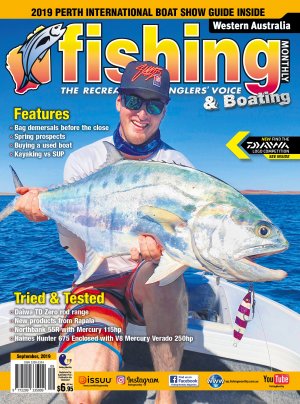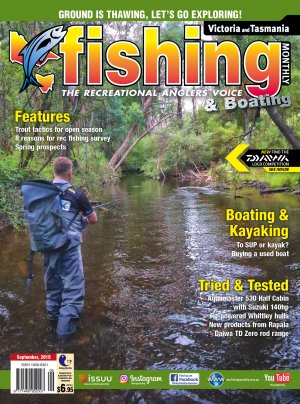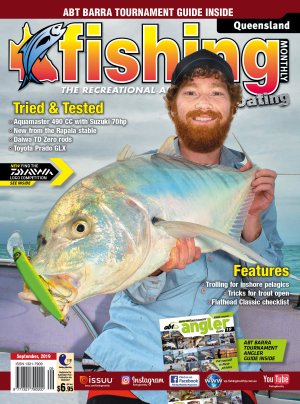I recently had the pleasure of test-driving two different Hyundai Terracan seven seater 4 X 4 station wagons over a six-week period, so I decided to combine the reviews of both the manual and automatic units.
Both of the Terracans reviewed were diesels, equipped with Hyundai’s 2005 CRDi high performance common rail inter-cooled turbo diesel engines. Externally, the vehicles looked identical and it was only when the front doors were opened that the differences became apparent. The auto sported a short console-mounted selector while the manual model was equipped with a gear lever and the extra pedal to the left of the brake pedal.
Items shared between the two models were the console-mounted high/low range selector, a very neat and functional interior, driver and passenger airbags, ABS, power windows and mirrors, a carpeted floor throughout, roof racks, pollen filter equipped air conditioning, remote central locking with alarm and immobiliser, four 12-volt outlets and roomy interiors with excellent head room. A user-friendly cruise control system made driving both vehicles a real pleasure on the highway and those people who like a little background noise while travelling will find the MP3 capable CD/FM/AM audio system to their liking.
Power wise, the direct injection, twin cam, 16-valve, four-cylinder turbo diesel engines in both vehicles never felt as though they were working at any stage of the game. There were differences in the cruising rev ranges though. I noted that when cruising in overdrive at an indicated 110 kph in the Terracan diesel, the auto unit revved at 2,200rpm, while the Terracan manual was happy to sit on 2,600rpm at the same speed. In terms of fuel economy, both vehicles returned slightly better than 10L per 100km. The auto Terracan enjoyed the longest trip of the two and on a New England run the diesel auto returned impressive figures of 70L consumption for 718km. There are certainly some sedans on the market that will not return those sorts of figures. And the auto Terracan was crammed with about as much as we could get into it, given that we were camping in winter.
An impressive feature of the new diesel Hyundais is the willingness and great degree of flexibility of their 2.9L inter-cooled turbo diesel engines. These high-tech diesels start as quickly as a petrol engine without any need for glow plug heat up thanks to their high compression and fuel delivery systems. And with the turbo’s boost apparent from around 1,000rpm onwards, there was plenty of get up and go available for traffic light take-offs and overtaking.
According to Hyundai specifications, the engine’s top torque of 345Nm comes in at around 1750rpm, while top power of 120kW is on hand from 3,800rpm. In practical terms, the driver of the four-speed auto will find the car pulls effortlessly from virtually any speed at all thanks to smart engineering that keeps the auto unit at sufficient revs to ensure the turbo is working. The driver of the manual vehicle will need the tachometer needle slipping past 800rpm for that extra bit of power to be noted.
Of the two vehicles I give the nod to the auto for ease of driving, although this doesn’t mean that the manual was at all difficult. I found the gear selector to be very precise when moving between the five forward gears. In addition to this, the power-assisted clutch was easy to engage, with the actual pedal throw as light as a feather thanks to power assistance.
In the auto, you just need to engage D for drive and then steer. The super-slick four-speed unit kicks up or down gears without notice while the engine pulls very hard virtually from start-up.
Some four-wheel drivers believe that autos lack engine braking, but this does not apply to the auto Terracan. Hyundai’s extra low geared hill descent facility kicks in while in low range with first or reverse gear selected and the car will literally crawl along with no throttle setting needed whatsoever.
Both vehicles had a very light feel, probably more like a sedan than a four-wheel drive. Visibility is good thanks to a high driving position and decent sized external mirrors. On the highway, ride and road holding is good, although if I were intending to do a lot of towing or really hard off-road work, I would opt for the Hyundai Trek and Tow suspension kit to be fitted from the outset. This specially manufactured kit will maximise the towing capacity to 2.5 tonnes. It also raises the rear by some 20mm, ensuring a level attitude with big loads on the tow ball.
Off-road, the all coil suspension does a good job of ironing out bumps and jolts – even corrugation or potholes do little to upset the equilibrium of the Terracan. This point was reinforced to me thoroughly in January when I drove the new diesel Terracan through some very rough and steep terrain in the Mt Hotham area of Victoria.
All in all, given the level of appointments and the sheer ease of driving these vehicles offer, the two diesel Terracans impressed me considerably. I noted that they come with a five-year, 130,000km warranty and must be considered good value for money at around $40,000, on the road.
Reads: 2454



